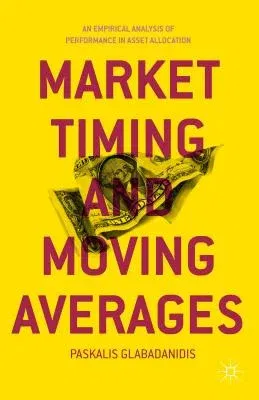P Glabadanidis
(Author)Market Timing and Moving Averages: An Empirical Analysis of Performance in Asset Allocation (2015)Hardcover - 2015, 16 July 2015

Qty
1
Turbo
Ships in 2 - 3 days
In Stock
Free Delivery
Cash on Delivery
15 Days
Free Returns
Secure Checkout

Print Length
177 pages
Language
English
Publisher
Palgrave MacMillan
Date Published
16 Jul 2015
ISBN-10
1137364688
ISBN-13
9781137364685
Description
Product Details
Author:
Book Edition:
2015
Book Format:
Hardcover
Country of Origin:
US
Date Published:
16 July 2015
Dimensions:
21.59 x
13.97 x
1.52 cm
ISBN-10:
1137364688
ISBN-13:
9781137364685
Language:
English
Location:
New York
Pages:
177
Publisher:
Weight:
340.19 gm